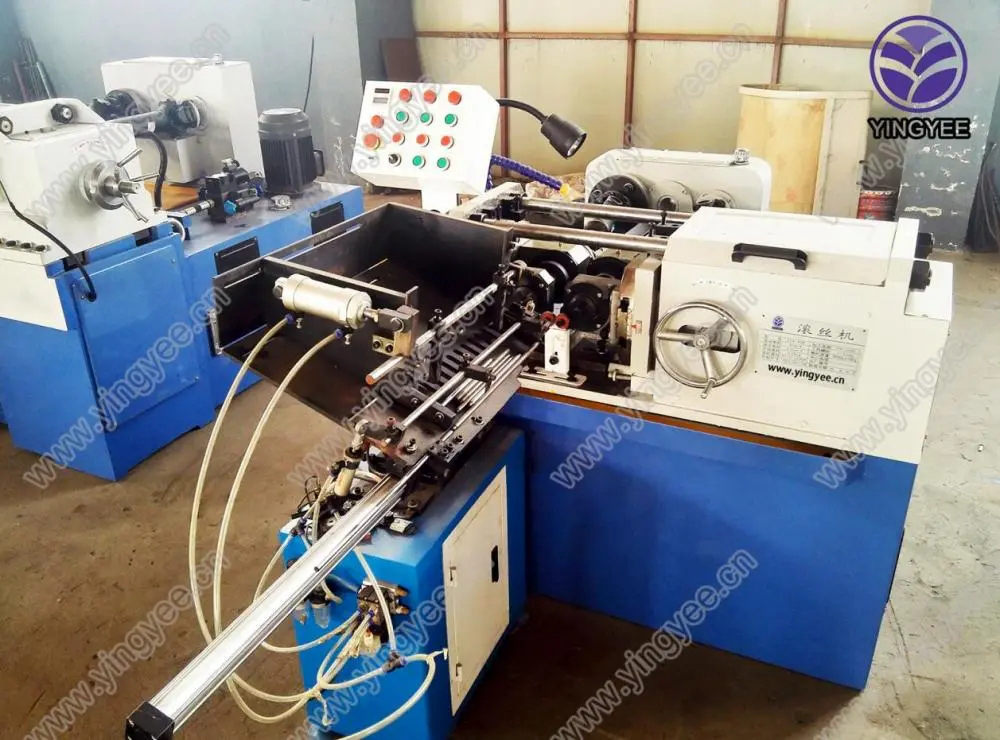
The Innovations Behind Trapezoid Roof Sheet Forming Machines
The construction industry is constantly evolving, with technological advancements playing a pivotal role in enhancing efficiency and productivity. Among these innovations, the trapezoid roof sheet forming machine stands out as a quintessential tool for manufacturers and construction companies. This specialized machinery is designed to produce trapezoidal metal sheets that are widely used in roofing applications. This article delves into the functionality, advantages, and future prospects of trapezoid roof sheet forming machines.
Functionality of Trapezoid Roof Sheet Forming Machines
At its core, a trapezoid roof sheet forming machine consists of several key components the uncoiler, the feeding mechanism, the roll forming machine, a cutting section, and the control system. The process begins with the uncoiler, which holds and feeds the metal coil into the machine. The feeding mechanism ensures that the metal sheet is fed smoothly into the roll forming section without any interruptions.
The heart of the machine is the roll forming section, where the metal sheet is shaped into a trapezoidal profile through a series of rollers. Each roller applies pressure to gradually transform the flat sheet into the desired trapezoidal shape. The precision of this process is crucial, as it not only affects the overall aesthetic of the roofing material but also its structural integrity.
Once the desired shape is achieved, the sheet passes through a cutting section, where it is cut to the specified lengths. Modern machines are equipped with advanced control systems that allow operators to program various lengths and shapes, making the production process extremely versatile.
Advantages of Using Trapezoid Roof Sheet Forming Machines
1. Efficiency One of the primary benefits of using trapezoid roof sheet forming machines is their efficiency. These machines can produce large quantities of sheets in a short amount of time, significantly reducing labor costs and production time.
2. Precision and Consistency The automated nature of these machines ensures that each sheet produced is identical, maintaining high levels of quality and precision. This is essential for construction projects where uniformity is key for fitting and installation.

3. Customization Trapezoid roof sheet forming machines can be adjusted to create various profiles and sizes, allowing manufacturers to cater to specific client needs. This flexibility enables companies to expand their offerings and remain competitive in the market.
4. Cost-Effectiveness While the initial investment in a forming machine may be substantial, the long-term savings associated with reduced labor costs and minimal material waste make it a cost-effective solution for sheet production.
5. Durability of Products Metal sheets produced through these machines are known for their durability and resistance to weather conditions, which makes them an ideal choice for roofing applications. The trapezoidal design also enhances structural strength, providing added stability to roofs.
Future Prospects
The future of trapezoid roof sheet forming machines looks promising, particularly with the integration of advanced technologies such as automation and machine learning. Manufacturers are increasingly exploring smart manufacturing techniques that allow machines to optimize their performance based on real-time data. This could lead to even greater efficiency and lower operational costs.
Sustainability is also becoming a focal point, with an increasing emphasis on using eco-friendly materials and production processes. As the construction industry faces pressure to adopt more sustainable practices, trapezoid roof sheet forming machines can be adapted to work with recycled materials, further reducing their environmental impact.
Moreover, as global construction continues to grow, the demand for durable and efficient roofing solutions is expected to rise, propelling the market for trapezoid roof sheet forming machines forward.
In conclusion, trapezoid roof sheet forming machines play an integral role in modern construction. Their ability to produce high-quality, durable roofing materials efficiently makes them indispensable in the industry. As technology continues to advance, these machines will likely become even more versatile, eco-friendly, and integral to the future of construction.